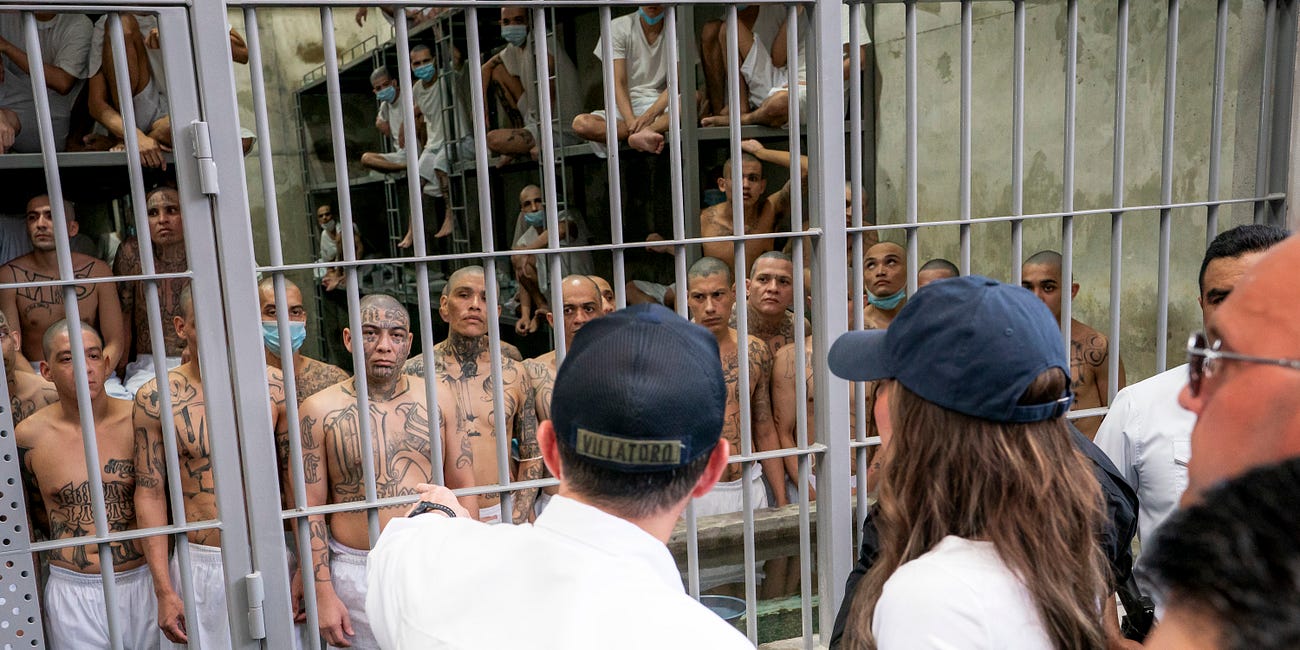ADDENDUM K: The Judicial Fabrication of a Right to Remain — Constitutional Mythmaking and the Collapse of Immigration Sovereignty
Would you allow Russian Infantry to file a 'Right to Remain'?
Part 1:
Invasion USA
Issue PresentedThanks for reading Autodidact Obsessions! Subscribe for free to receive new posts and support my work.
---
I. Introduction
The U.S. Constitution does not confer a “right to remain” in the United States upon foreign nationals who enter or reside illegally. Yet over the last four decades, judicial precedent has incrementally created such a right—through a patchwork of procedural doctrines, injunctions, and reinterpretations of the Due Process Clause.
This addendum demonstrates that no such right exists in constitutional text, structure, or original intent. Instead, the courts have fabricated it, effectively nullifying the core sovereign powers to exclude, detain, or remove unlawful entrants—powers long recognized as fundamental to national sovereignty.
---
II. Constitutional and Statutory Framework: No Right to Enter, No Right to Remain
A. No Constitutional Right to Enter
* *Kleindienst v. Mandel*, 408 U.S. 753 (1972):
> “An unadmitted and nonresident alien had no constitutional right of entry to this country.”
* *Knauff v. Shaughnessy*, 338 U.S. 537 (1950):
> “The exclusion of aliens is a fundamental act of sovereignty.”
B. Removal Is a Political, Not Judicial, Question
* *Fiallo v. Bell*, 430 U.S. 787 (1977):
> The Supreme Court reaffirmed that “immigration policy is a matter for the political branches.”
* Congress has plenary authority to regulate immigration (Art. I, §8, cl. 4), and has authorized swift removal procedures for inadmissible or deportable aliens under:
* 8 U.S.C. § 1182 (inadmissibility)
* 8 U.S.C. § 1225(b) (expedited removal)
* 8 U.S.C. § 1231 (post-order detention and removal)
> Nowhere in this structure does a non-citizen gain a judicially enforceable right to remain in the United States after violating immigration law.
---
III. The Judicial Construction of a De Facto Right to Remain
Courts have progressively manufactured a procedural regime that insulates illegal entrants from removal—even where national security, criminality, or fraud are involved.
A. *Zadvydas v. Davis*, 533 U.S. 678 (2001)
* Held that aliens ordered removed cannot be detained indefinitely if removal is not “reasonably foreseeable.”
* Result: Foreign nationals with no lawful status may remain indefinitely if their country of origin refuses repatriation, or if the courts deem their removal impractical.
B. *Jennings v. Rodriguez*, 138 S. Ct. 830 (2018)
* While reversing lower court mandates for bond hearings, the Court left unresolved whether extended detention without individual bond hearings violates constitutional norms—leaving room for expansive due-process litigation.
C. *Boumediene v. Bush*, 553 U.S. 723 (2008)
* Granted habeas corpus rights to enemy combatants detained abroad at Guantanamo Bay.
* This precedent has been misapplied by lower courts to non-citizens on U.S. soil or shortly after unlawful entry, further eroding sovereign control.
> These precedents do not declare a right to remain—but their cumulative effect, combined with universal injunctions and litigation delays, functionally creates one.
---
IV. The Judicial Logic: From “Personhood” to Protected Presence
Courts often cite the Fifth and Fourteenth Amendments to claim that “all persons” present in the U.S.—even unlawfully—are entitled to due process.
But this confuses procedural fairness with a substantive right to remain.
* *Yamataya v. Fisher*, 189 U.S. 86 (1903): Due process must be afforded in deportation—but does not bar deportation itself.
* *Mathews v. Diaz*, 426 U.S. 67 (1976): Non-citizens are not guaranteed the same rights as citizens and may be subject to conditions Congress imposes.
> Judicial decisions have converted procedural safeguards into de facto vetoes on enforcement.
---
V. Constitutional Consequences of the Fabricated Right
A. Nullifies the Plenary Power Doctrine
* Congress’s exclusive authority to regulate immigration is displaced by case-by-case judicial overrides.
B. Disarms the Executive
* The President’s Article II power to “faithfully execute the laws” is subordinated to judicially created procedural rights not found in statute.
C. Creates a New Legal Fiction
* The “entry fiction” (that unlawful entrants are not legally inside the U.S.) is erased in practice.
* Presence alone becomes a constitutional trigger—even when the presence is illegal.
D. Undermines the Equal Protection and Rule of Law Doctrines
* Illegal entrants are functionally shielded from enforcement via litigation delays and due-process claims.
* U.S. citizens, meanwhile, face immediate prosecution for civil or criminal infractions—with fewer procedural tools.
---
VI. Strategic Consequences: Tactical Entrenchment via Legal Delay
Hostile actors—whether criminal, ideological, or paramilitary—have learned to invoke the procedural protections embedded in the “right to remain”:
* Filing asylum claims, credible fear statements, or appeals—regardless of merit—triggers years of delay.
* Presence becomes permanent by default, not by law.
* The immigration system becomes a legal maze weaponized against itself (see Addendum D, “Lawfare”).
---
VII. Conclusion: Constitutional Corrective Measures
The “right to remain” has no grounding in:
* The Constitution,
* Historical jurisprudence,
* Statutory immigration law,
* Or sovereign necessity.
It exists only by judicial construction—a construction that violates the separation of powers and undermines national self-defense.
Corrective Recommendations:
1. Legislative Reassertion:
* Codify limits on judicial review in expedited removal contexts.
* Reinforce the entry fiction doctrine and statutory authority for immediate removal.
2. Judicial Recalibration:
* Limit due-process doctrine to procedural fairness—not a barrier to removal itself.
* Restore deference to Congressional and Executive discretion in national security or infiltration contexts.
3. Executive Clarification:
* Issue formal legal findings rejecting the existence of a constitutional “right to remain.”
* Declare mass infiltration incompatible with individualized adjudication under Article II national defense obligations.



